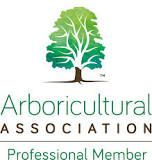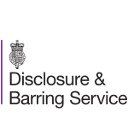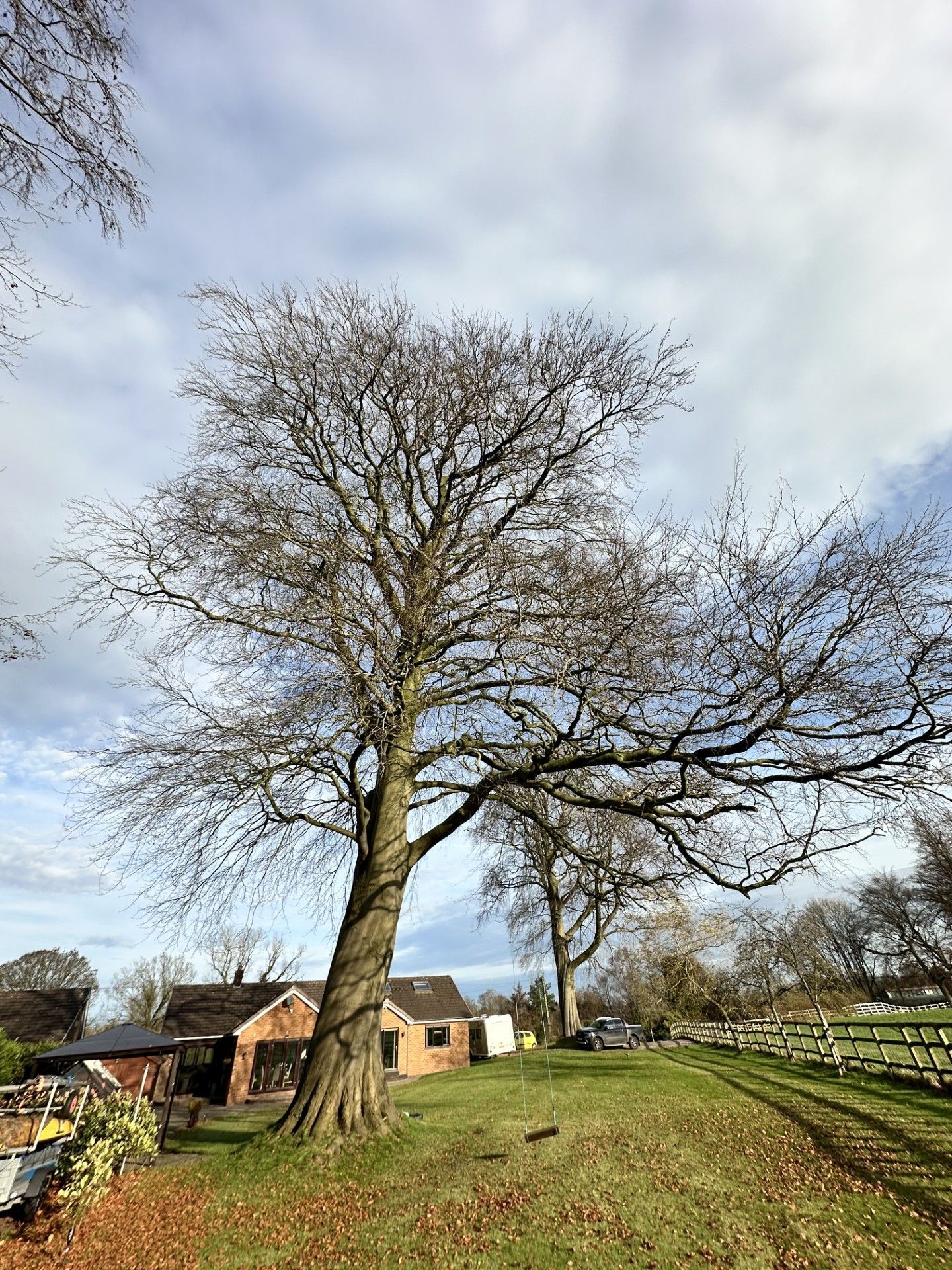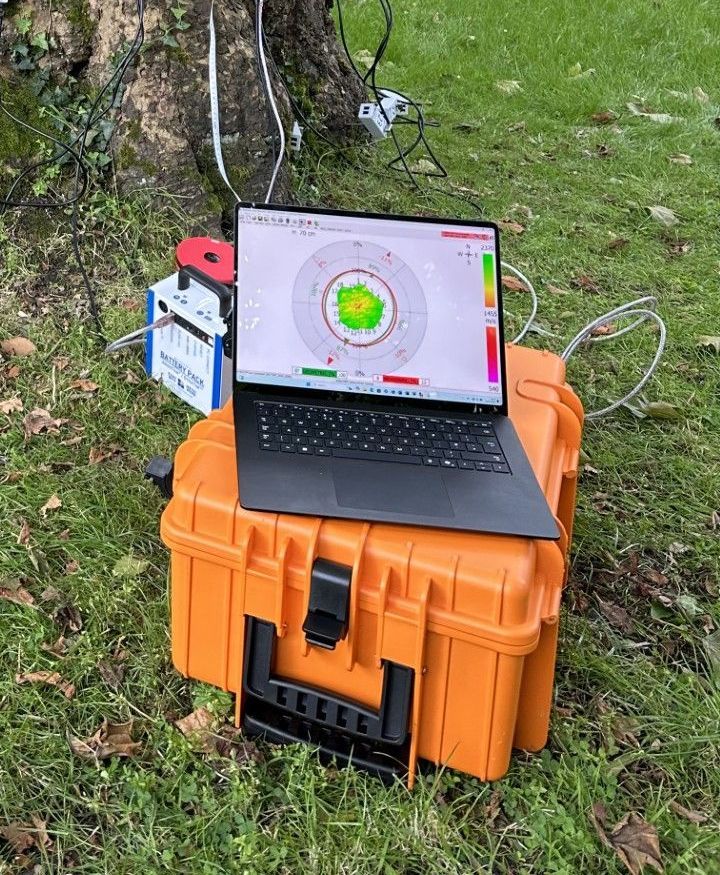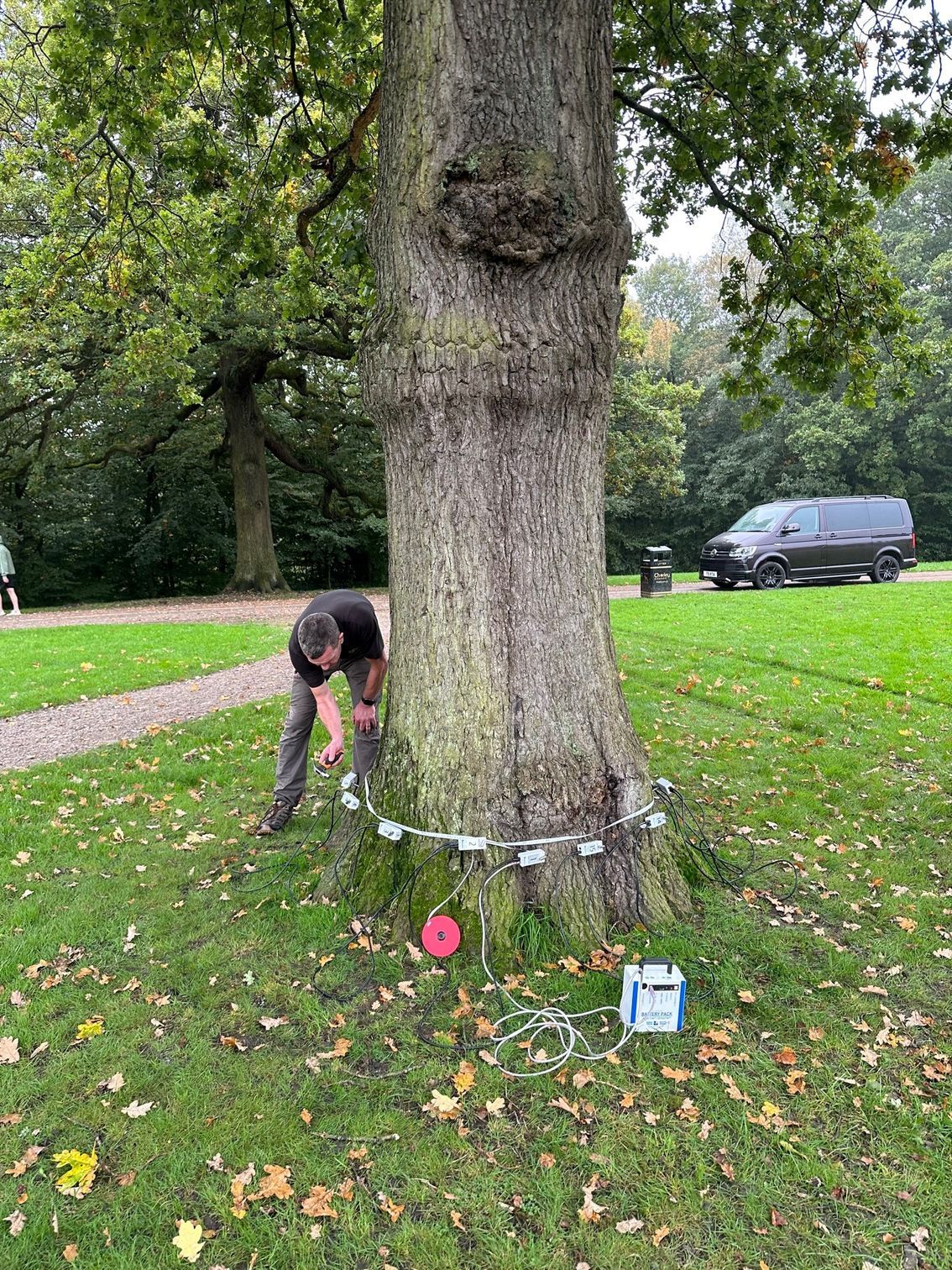Specialist Tree Decay Detection
Sometimes a tree needs a closer look – a more in-depth assessment to determine the right way to manage it due to either health or risk concerns' can offer further investigation and technology assisted assessments to trees to enable you to better understand your trees and any suspected issues
Tree decay testing using Resistograph & Sonic Tomography
There may be occasions where advance risk assessment is required to assess the condition of the tree and there are a variety of tools available for this purpose. This may be a simple climbed inspection or a more technologically advanced solution such as a sonic tomography, resistograph to help determine wood density and strength.
Following the initial tree assessment in situations where significant internal decay-causing organisms, cracks, holes or cavity is suspected but where external signs are limited it may be necessary to undertake further detailed inspections & internal examinations. We are have years of experience of using all different forms of this equipment. Decay detection testing equipment falls into 2 categories, Non-invasive & Invasive.
Non-invasive decay detection
SONIC TOMOGRAPHY
Sonic tomography, where a series of sensors are placed around the tree trunk or limb. Each sensor is tapped, which sends a stress wave across the wood to the other sensors, in order to develop a detailed 2D or 3D picture of the internal condition of trees. Sonic tomography is an impressive diagnostic tool for evaluating decay patterns and ascertain the presence, extent and significance of internal defects and possible implications for tree safety and help to inform prognosis in tree risk management. Additionally, using multiple decay detection tools, when appropriate, such as micro-drilling to corroborate findings by corresponding the results of each.
We also use additional software for determination and comparative evaluation of windload and the the safety effect of reduction prunin, stability reduction by deteriorations in trunk/branch cross-sections, tipping-stability reduction by root decay and/or trenching.
Invasive decay detection
RESISTOGRAPH
Signs and symptoms of decay, might be obvious cavities, areas of wounded tissue, or areas of response growth such as unusual ribs of wood on limbs or the trunk, or simply the presence of fungal fruiting bodies.
Next the surveyor considers how these factors might interact and decides where on the tree a reading might be taken to confirm the presence or absence of decay.
Using the Resistograph®, data can then be collected and analyzed. In some cases, drilling points will be at the sensor locations used in tomography as a means of confirming the tomogram image. Decay detection testing involving the Resistograph is used in order to measure the thickness of the residual wall of trees with internal defects such as cavities or decay invasively.
Why Is It Important to Measure Tree Decay?
Decay detection testing offers various benefits and produces useful information. This information helps us to provide better tree management recommendations to our clients
This system can be used in a number of contexts, for instance:
- To inform the risk management of individual trees,
- Providing evidence to support TPO applications,
- To inform the management of aged or veteran trees,
- To provide a baseline for the monitoring of progressive decay.
- Evidence on the structural integrity of trees
- The extent of any decay in the trunk or branches
- Certainty about the internal structures of trees
- Local authority tests for tree work applications
- Decay detection testing for insurance purposes
- Testing to ensure you meet your duties of care
- Finding peace of mind over your tree health concerns
- Preserve trees with minor surgery and avoid felling

